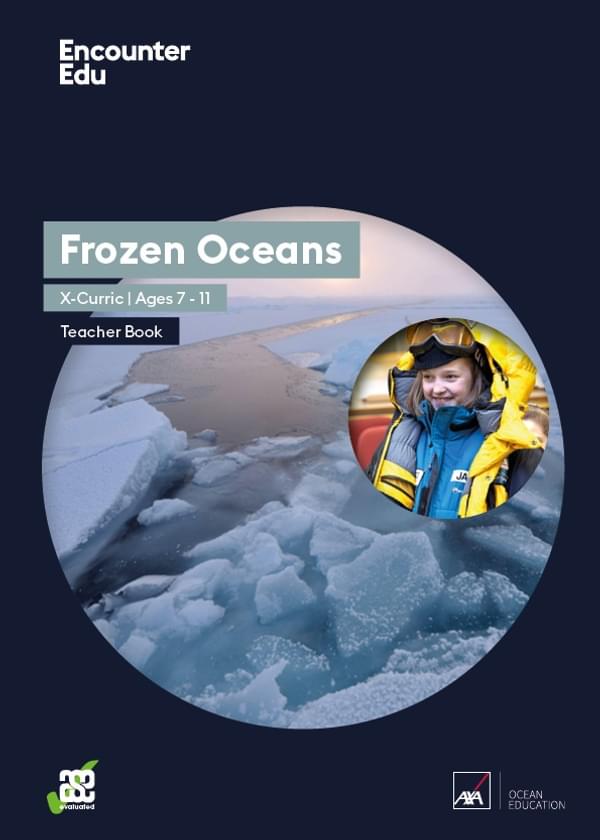Tyre drag relay
Everyone has the potential to explore the polar regions, but it does take a lot of dedication. Try this activity and see if you can train like a polar explorer.
Ages 10+
(adult supervision)
30 minutes
(10 minutes preparation)
Part of:
AXA Ocean EducationThis activity replicates part of the training completed by polar explorers before they headed to the Arctic. During the preparation for the 2011 Catlin Arctic Survey, the team would drag tyres for up to five hours a day across Dartmoor. It will probably not be possible to follow this exactly, although some young people may be inspired to take up a new hobby! The emphasis during the actual training is on stamina and teamwork. Try to encourage and focus on these during the activity.
Activity steps - Preparation
- Loop the chain around the tyre and tie the rope through the ends. The purpose of the chain is to stop the rope from fraying and breaking as it rubs against the ground.
- If you are just conducting the activity a few times, you will probably be able to get away with tying a rope around the tyres.
- Consider the length of the rope. Too short a rope will mean that the angle from the tyre may be too steep. This will make it harder to drag and also hard for more than one person to pull the tyre at any one time. An ideal length of rope from the tyre would be 2 to 3 meters.
- Consider also tying loops in the rope to make it easier to hold on to.
- Set a relay track around a tree, to the end of a sports field or some other natural point. Be mindful of any social distancing measures that need to be observed.
Activity steps - Briefing
- This briefing puts some important health and safety points in the context of an Arctic expedition.
- The tyre represents the explorer’s sled or pulk containing all their food, fuel and equipment needed for their expedition.
- If the whole tyre is not completely flat during the relay, they will have to start the relay leg again, walking back to the start point. You don't want to be losing any supplies!
- If the tyre (pulk) bounces or tips during the relay, this could damage the pulk or its contents. On a real expedition, fuel bottles might crack or leak if the pulk is pulled too fast over rough terrain.
- If participants slip or fall during a leg, the will have to walk back and start again. What might happen if someone fell or slipped during a real Arctic expedition?
Activity steps - The relay
- The teams will have to drag the tyre around the relay course as laid out six times.
- Teams will have three minutes to decide how they are going to do this, e.g. all team members may pull the tyre at one time or take it in turns to pull the tyre individually.
- The winner is the team who successfully gets their tyre around the relay course in the shortest time.
Reflection
- Do you think you should have spent more or less time planning?
- Did you get frustrated? How did this affect your ability to pull your sled effectively
- What qualities do you think an Arctic explorer should have? Has this activity changed your ideas?
Further ideas
If you are not able to do this activity with other people, how about creating a leaderboard with friends? Everyone can do the activity individually and then share their times. See if you can improve week after week, and consider making your course longer or do more laps.
You can teach a lesson about preparing for an Arctic expedition using Lesson 2: How do you train like an Arctic explorer? from the Frozen Oceans | Cross-curricular | Ages 7-11 unit.
Safety guidance
- Where possible conduct the relay on a grass surface rather than asphalt or concrete.
- Participants should wear long trousers where possible.
- Footwear should be ‘grippy’ and appropriate to the weather and conditions.
- Use contextual briefing elements as above to ensure participants take proper care. Conduct a series of age appropriate warm up exercises as necessary.
Brought to you by


